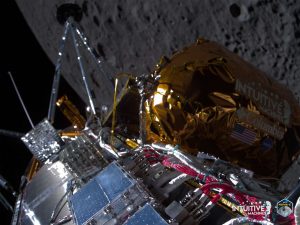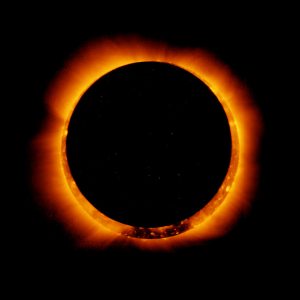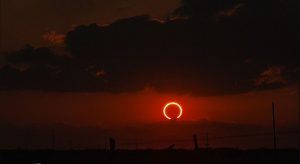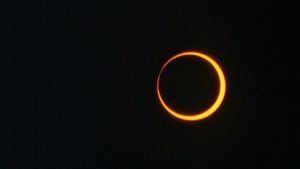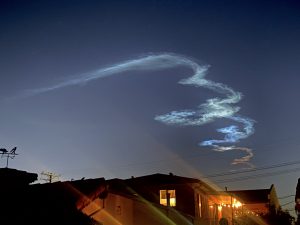The long-awaited and repeatedly delayed James Webb Space Telescope (JWST), built by NASA at an astronomical cost of $10 billion, is finally scheduled for launch on December 25 at 7.20am EST (5.50pm IST) from the Guiana Space Center in Kourou, French Guiana.
Where to watch:
The JWST will be launched using the European Space Agency’s (ESA) Ariane 5 rocket at the aforementioned time and you can watch it live on NASA TV, as well as NASA’s official channels on all major social media platforms.
Live countdown commentary and coverage of the preparations for the launch will begin at 6am EST (4.30pm IST), while the actual launch window will open at 7.20am EST (5.50pm IST). For those interested in more information, NASA will also provide post-launch coverage.
Marred by delays:
The idea to develop a Hubble ‘successor’ was conceptualized and set into motion between 1989 and 1994, and the project that would eventually become the JWST originated in 1996. It was renamed after NASA’s famed administrator in 2002 and was initially scheduled for a 2007 launch. However, the development of the telescope was repeatedly hampered by hurdles, be it technical, financial, or administrative, and its launch date was pushed back to 2020, then 2021.
The JWST was then scheduled for a December 22 launch, but it had to be postponed to December 24 as the launch vehicle and its payload had difficulties in electronic communications. Then, the December 24 launch had to be postponed to Christmas due to poor weather conditions.
Also read: | Ground control to Major Tom: James Webb Space Telescope is en route
A new chapter:
The JWST has four main scientific instruments that, according to NASA, can peer into the cosmos and “hunt for the unobserved formation of the first galaxies, as well as to look inside dust clouds where stars and planetary systems are forming today.”
If everything goes according to plan, the JWST could stand to open up a new chapter in astronomy and may even provide hints to the answers to some of our biggest questions: how the first light appeared in the universe, how the first galaxies formed, the birth of stars, protoplanetary systems, and planetary systems, and the origin of life.

